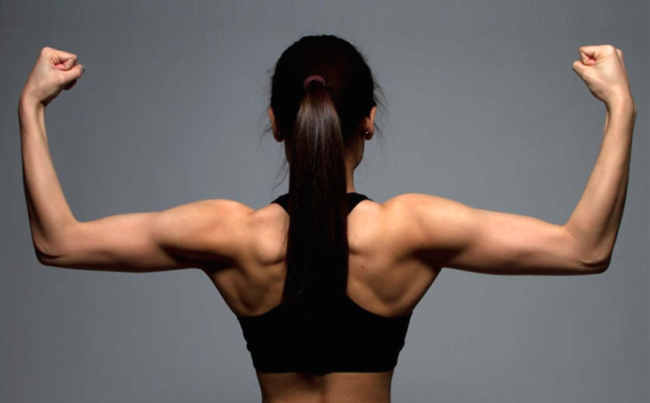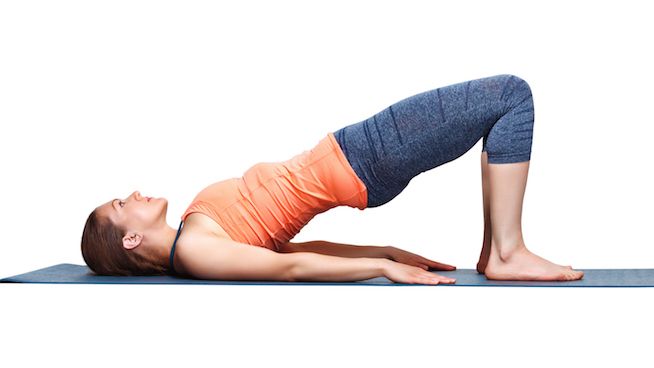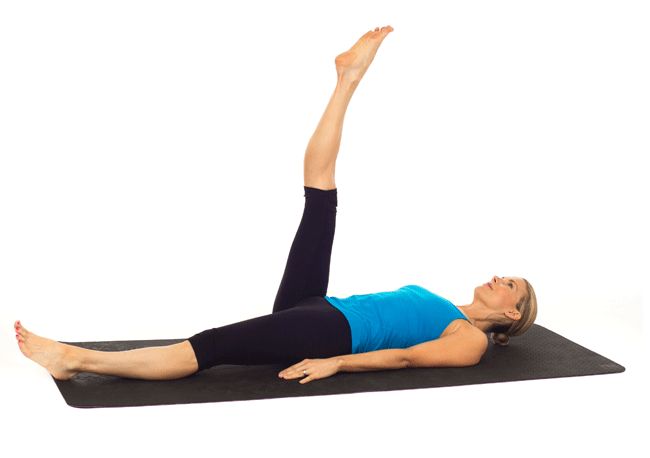Hip or trochanteric bursitis is a common condition where fluid-filled sacs in the hip joints become inflamed. The reason behind the inflammation is the body’s natural response to lifting heavy weights, excessive exercise, and performing motions that require the movement of hips more than other body parts. Apart from the hips, shoulders and elbows are the two other parts most affected by bursitis. The condition can be challenging for runners and athletes. Thankfully, several trochanteric bursitis stretching and exercising can help treat the condition and offer relief to individuals suffering from it.
A Strong Muscular Foundation

It is vital to keep the muscular base of the thighs and core to avoid experiencing hip or trochanteric bursitis. A strong muscular foundation can render support to the thighs can aid in performing the same movements causing lesser traumas on the joint. It is the muscles that absorb the impacts and traumas from the continuous hip movements. The repetitive and frequent motion tends to wear the hip joints over time, especially when not practiced in the right way. The different stretching and exercising can counteract the condition.
Hip Bridges

With hip bridges, one engages the glutes, hamstrings, flexors, quadriceps, lower back, and glutes. These muscles play a vital role in supporting the hip joints and thereby enhancing the strength of the hips. One can begin the stretching by lying flat in the back with feet flat on the ground close to the bottom, while legs are bent. The upward motion of hip bridges is felt mainly in the hamstrings and glutes. It is recommended to perform a minimum of 20 repetitions, 5 sets each.
Leg Circles

Leg circle is considered one of the most popular trochanteric bursitis stretching. The stretching promotes flexibility, a wide range of motion, and strength of the muscles enabling hip and leg rotations. The muscles involved while executing leg circles are gluteal, hip flexors, and quadriceps. The exercise is performed by lying down flat on the back with the legs extended. The movements are done in both the legs and 3 sets of 5 rotations of 30 reps are recommended on each leg.
Lateral Leg Raises

Performing lying lateral raises can help in the strengthening and developing of tensor fasciae latae muscles and iliotibial band muscles. Exercising lateral leg raises regularly the right way can improve the stability and strength of the hips and thighs and help alleviate the bursitis challenges. The muscles involved in the stretching involves TFL and ITB muscles, gluteus minimus, and gluteus maximus.
It is to be taken into account that while practicing the lateral leg raises, the hip bursitis might be irritated and become worse. While lying on the side. If the position irritates an individual, it is recommended to include foam or a pillow between the floor and the hip joint. When the situation remains the same, it is better to perform it in a standing position.
Conclusion
The above-mentioned are some of the popular trochanteric bursitis stretching positions that relieve an individual from pain and discomfort. Performing them regularly and correctly is the only way that one can eliminate the challenges of hip bursitis.



 15 Most Healthiest & Nutritious Dishes Worldwide
15 Most Healthiest & Nutritious Dishes Worldwide




